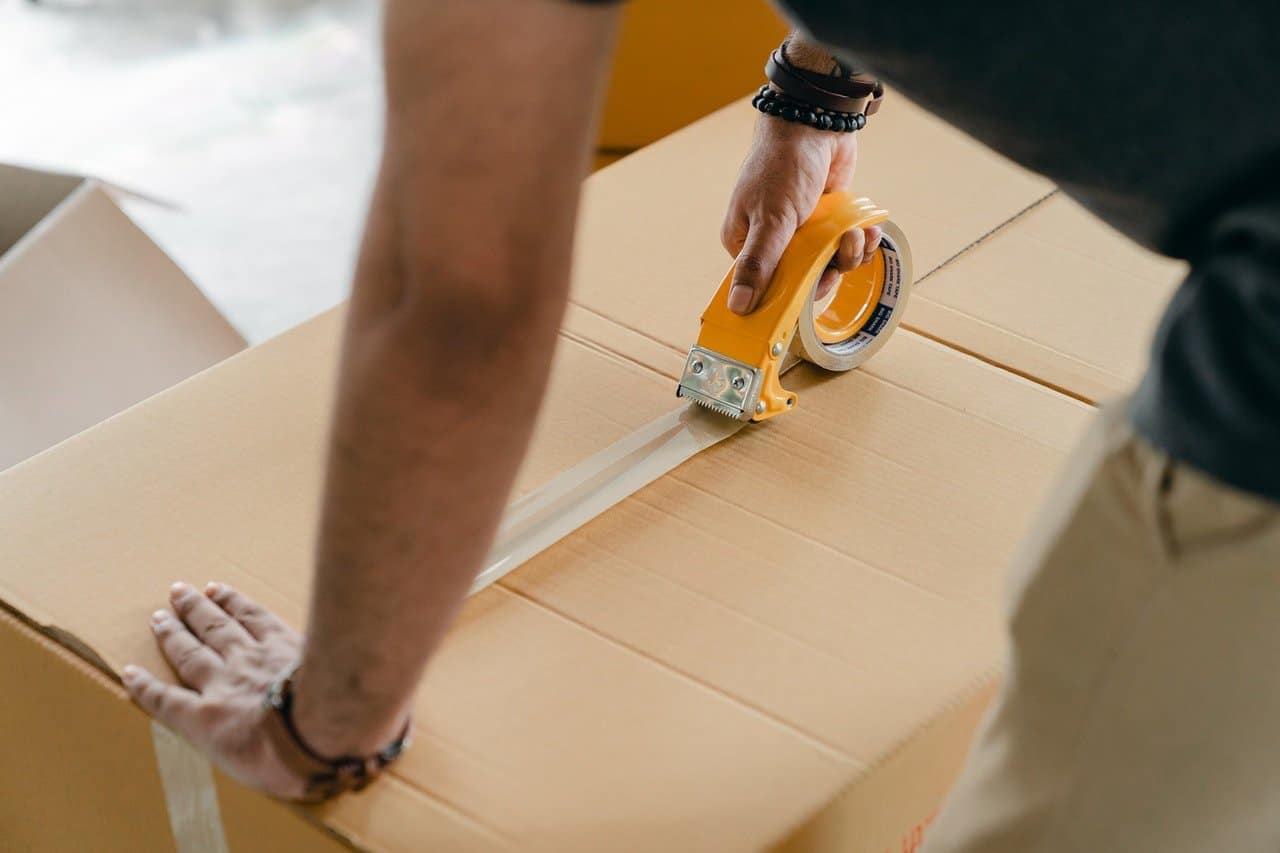For millions of entrepreneurs and business-minded individuals, e-commerce was a revelation. Finally, you could push a brilliant idea into actuality without having to jump through the traditional hoops of setting up a brick-and-mortar business. It posed an elegant, egalitarian solution: let anyone, no matter their starting capital or financial muscle, have a fair shot at seeing their idea blossom.
And e-commerce sales are only going up. According to Statista, worldwide e-commerce sales skyrocketed from $1.3 trillion in 2014 to roughly $4.9 trillion in 2021. The same stats predict that sales will hit $6.4 trillion in 2024. You can attribute the meteoric rise of e-commerce to several factors: widespread embrace of technology, consumers’ growing demand for convenience and the global pandemic, among other things.
But the stats only show half the story. While it’s true that total e-commerce sales are on the rise, it’s also true that several e-commerce businesses face issues around growth. With orders flooding in, several businesses struggle to fulfill the orders from this uptick in demand. Moreover, they labor to fulfill orders quickly, which can stunt their growth.
Thankfully, modern problems generate modern solutions. In this post, let’s look at the two solutions e-commerce entrepreneurs turn to for growing their businesses: dark stores and micro-fulfillment centres.
Dark Stores: An Imperfect Solution
Dark stores have been around for a few years now. Essentially, dark stores are retail locations that exist solely to fulfill online orders. You can think of them like shopping malls – minus the in-store shopping.
Dark stores got their start in the UK as a trial concept for Sainsbury’s (a large local supermarket chain) and quickly expanded elsewhere in the European Union. Before long, they spread to North America, first as grocery fulfillment centres, then as a broad e-commerce solution.
But these purpose-built online stores are an imperfect solution. Yes, they offer e-commerce businesses a way to fulfill a high volume of orders, but it’s often at the expense of speed and local communities. Dark stores are often situated in suburban and rural areas, requiring long transport times to get products into consumers’ hands.
As consumers demand faster fulfillment and delivery (it’s not uncommon to see same-day or even same-hour delivery as a competitive value add), dark stores might not be able to keep pace. Further, they require transport trucks to make long trips, worsening local congestion and adding to a business’s carbon footprint. (In addition to speed, modern consumers are also increasingly concerned with environmental impact).

The Better Solution: Micro-Fulfillment Centers
Luckily, there’s an even more cutting-edge solution to e-commerce’s growth issues: micro-fulfillment centres.
You can think of micro-fulfillment centres as less centralized dark stores. Instead of relying on a handful of massive warehouse-like dark stores to service entire cities, micro-fulfillment centres leverage a massive network of small, local distribution centres nearer to consumers. In essence: number over size.
These micro-fulfillment centres (sometimes called “micro-warehouses”) are often established in urban dead spaces nestled within vibrant, dense communities. REEF Technology, the leading network of local distribution centres, places their micro-fulfillment centres in parking lots and open urban spaces; in doing so, they can set up several centres in close proximity to consumers without clogging up curbs. Parking lots also allow delivery vehicles (or bikers, or walkers) to stage deliveries without disrupting pedestrian and street activity.
REEF’s cutting-edge fulfillment model also provides e-commerce retailers with quick and competitive delivery options (next-day, same-day and on-demand ). It’s a turnkey solution that satisfies the on-demand economy without disrupting local activity.
If you’re an e-commerce entrepreneur looking to grow your business – or simply keep up with demand – research these cutting-edge fulfillment options to get your product into consumers’ hands.
